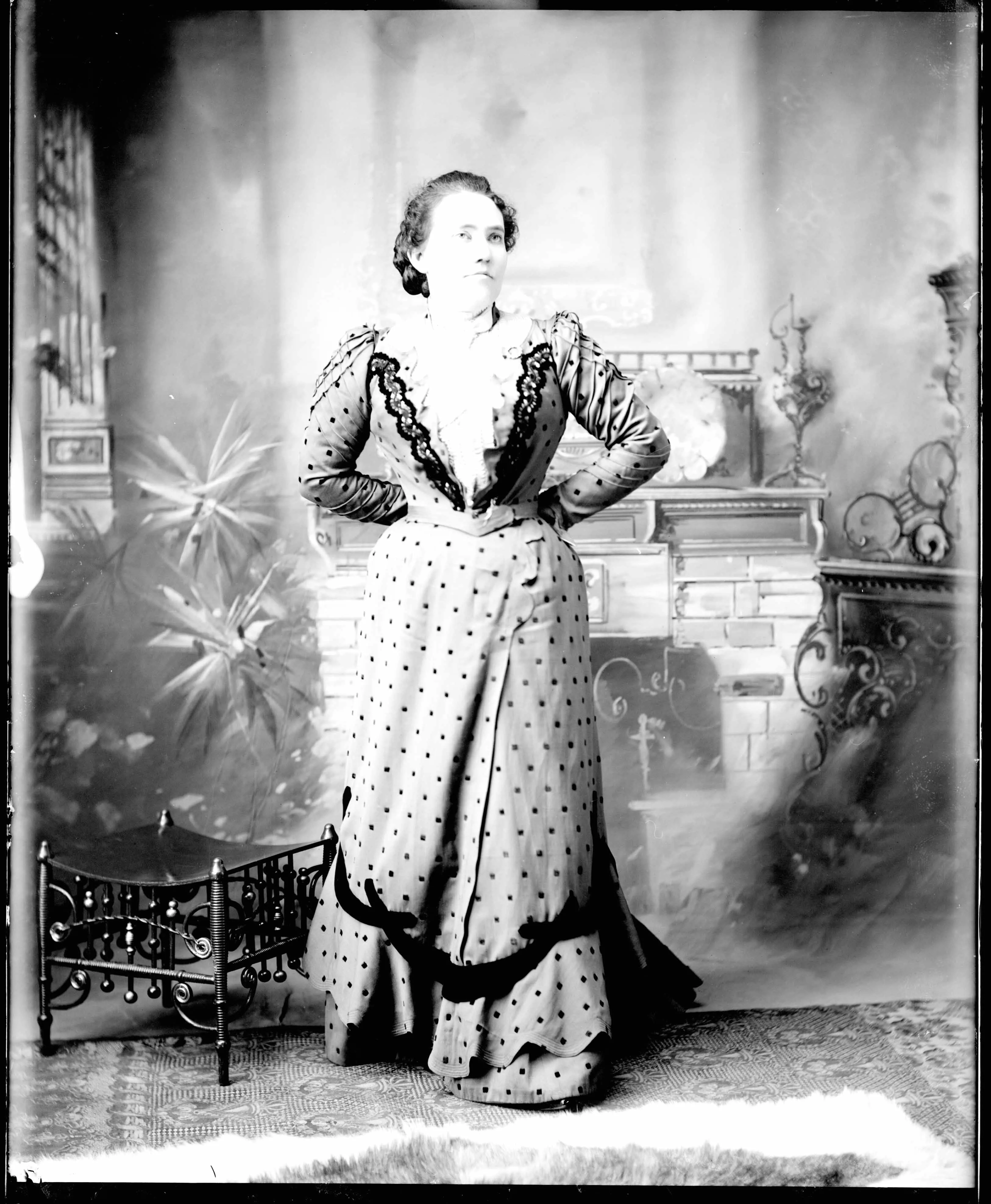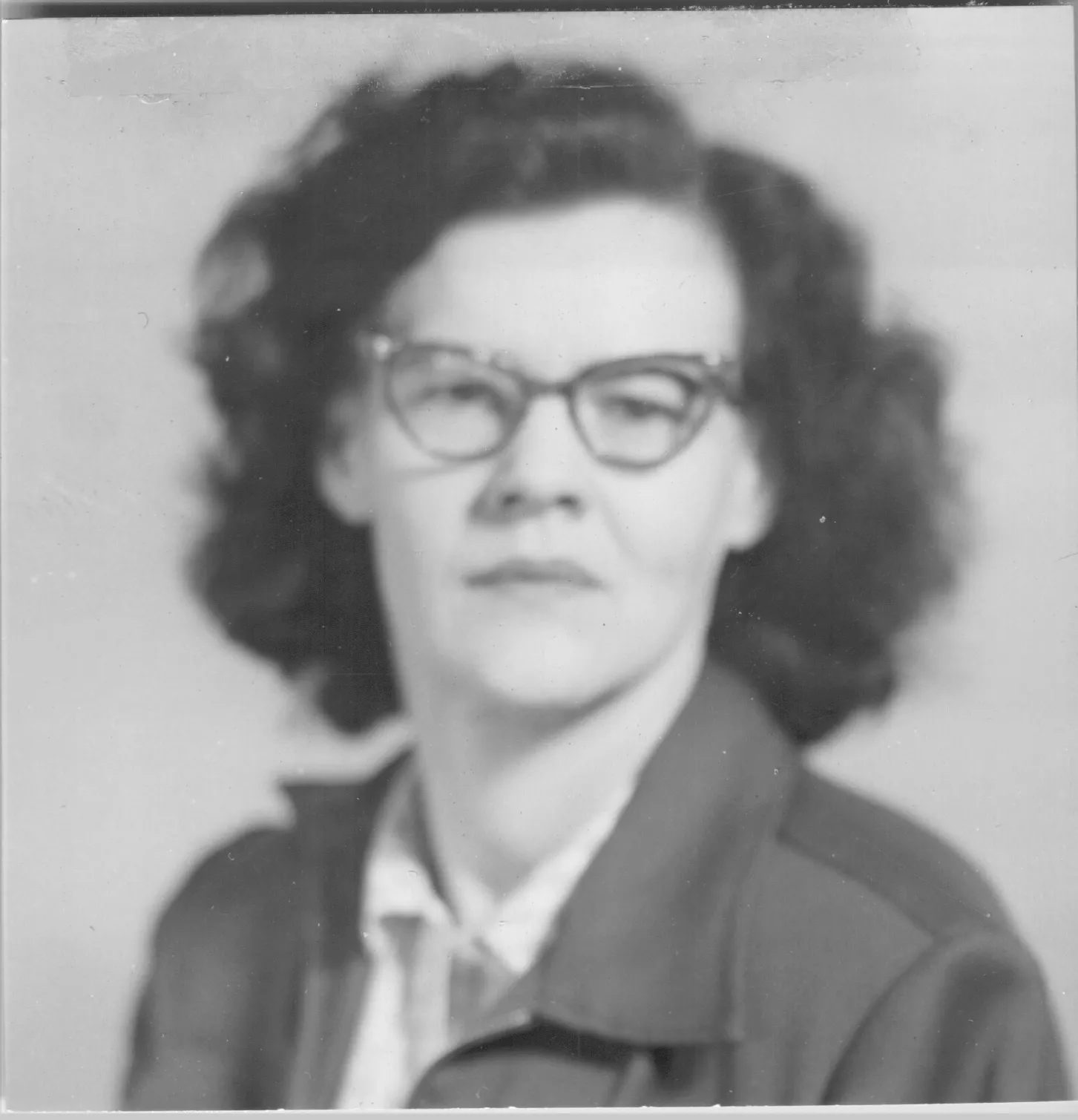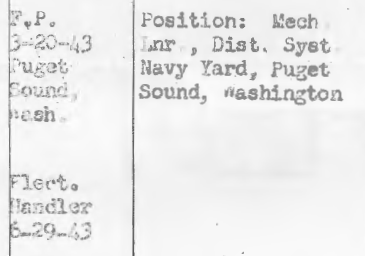Writers and writing teachers have this saying: you can only get to the universal through the specific. That’s what this post is about: stories of two women in Wallace. The first is about a madam who was convicted for trafficking in 1912, and the second is about a woman who worked in the Arment Rooms for a brief time during the post WWII heyday in the mid-1950s.
I’ve been thinking a lot about sex work and criminality during these past few posts and the discussions they’ve prompted with others in my life. On the one hand: some of the anti-legalization side of the discussion sounds paternalistic, like ‘you might have thought that you freely chose sex work, but you actually didn’t know what was good for you, girl.’ This perspective basically asserts that women unknowingly fall into the trap of prostitution. They are ‘rescued’ and informed that they had been manipulated into thinking that they chose sex work, but in reality they had been trafficked. This language conflates sex work and trafficking. As I have mentioned before, proponents of this point of view often refuse the possibility that any woman could freely choose sex work by referring to all women who sell sex as ‘prostituted women.’
It reminds me of the moral panic rhetoric leading up to the passage of the Mann Act in 1910. This law made it a federal offense to transport a woman across state lines for ‘immoral purposes.’ It was also called the ‘white slave traffic act,’ a phrase that arose during progressive era social hygiene reform. Many vulnerable women who ran into financial insecurity, often immigrants, were coerced into prostitution and felt unable to leave even when not physically constrained because they would bear the stigma of immorality. From the mostly sensational stories you read about this time, it’s unclear whether many of the women were trafficked or just needed a way out. The Mann Act targeted ‘procurers’ (we would now call them pimps) and declared these ‘inmates of bawdy houses’ victims. The law effectively absolved the women of moral responsibility and framed them as ‘saved.’
In Wallace, there was a madam named Effie Rogan who ran a house called the Reliance from 1895-1911. Here’s what she looked like in 1906:

Effie’s brothel was located at 510 Pine Street from 1891-1904, at which point she moved to the triangle-shaped patch of land by the river near where the Depot is today. Like many who were selling sex back in these days, her housemates’ occupations were listed as dressmakers and hairdressers during the 1910 census. She was convicted of trafficking under the Mann Act in 1912.
It usually worked like this: procurers and madams lured women into town with promises of marriage or jobs like dressmaking and hairdressing, met them at the train station, then took away their clothes and raped them into feeling demoralized or ‘ruined.’ It was also the case that many women were told they would have to work off their train tickets and then they entered into what amounted to indentured servitude, seldom able to pay off the original debt added to the constantly accruing room and board debt.
As is the case today, many anti-legalization advocates from back in those days had self-serving agendas. They passed around exaggerated stories meant to invoke pity, generate political influence, and of course they were also rewarded with attention and a sense of self-satisfied pleasure. But there were also those who felt called by God or their conscience to be a voice for others. They believed sex workers (or prostituted women) could not speak (or choose) for themselves. This perspective seems somewhat patronizing to me because as it frees the women from moral responsibility to spare them stigma, it also dismisses or invalidates what some women have to say about their experiences. When we conflate trafficking with sex work, I think it does a disservice to the women who believe and assert that they freely chose and continue to choose sex work.
On the other hand: it’s pretty horrible to imagine madams like Effie and her procurer colleagues profiting off of the misery of desperate women whose lives were so wrecked that many of them drank a small bottle of carbolic acid to die. And this situation continues in different ways for many women selling sex today. To legally qualify as a victim of sex trafficking, you have to be recruited, harbored, transported, delivered, or obtained for the purpose of commercial sex through the use of force, fraud, or coercion. Or you have not yet turned 18 years old.
The 530 police records and rap sheets recording the appearance and background of the women working in the Silver Valley’s brothels from 1952-1973 offer evidence that some of them would have likely fallen into the category of trafficking through coercion. Two summers of doing this research has shown me that the conditions for women in Wallace seem to have been generally positive, but in the rest of this post I want to address the kind of conditions that led to the women finding themselves in Wallace in the first place.
The sheriff’s office files confirm that girls were turned away if their record came back from the FBI to reveal they were younger than 21 years old. Some slipped through the cracks, obviously, but there appears to have been an effort that exceeds due diligence. If the rap sheet showed indications of involvement with organized crime, they were also turned away. Some of them were material witnesses for Mann Act cases in other cities. So in terms of the law, some of the women were trafficked, since they had been caught up in Mann Act cases.
Many women had pimps in other towns. This was often noted in their records explicitly, as was the case for a woman who called herself ‘Kitty Black,’ who was born in Chewelah, Washington in 1919 and found herself in Wallace for four months during the summer of 1956:

The rap sheet notes that she was first picked up by the police in Spokane, Washington in 1940 and fined $25 for ‘city vag.’ (used by many cities as code for prostitution, but it might also indicate homelessness or drug addiction). Eight months later, we find her in Grand Coulee, Washington, where she is again charged with vagrancy and told to leave town. Most likely, there was huge demand for sex work there during this time, when it was essentially a boom town because of the dam, according to the visitor’s guide website:
In the Grand Coulee, life changed dramatically and quickly once work on the dam began in 1933. Not only did the undertaking of this massive project change forever the shape of the river, but overnight it created towns where nothing but sagebrush, sand and rocks had previously existed. Thousands came to the Grand Coulee looking for work in the midst of the Depression. They worked around the clock to finish the dam by 1942.
During World War II, Kitty finds gainful employment with the War Department:

That’s right, she was a Rosie the Riveter. So were MANY of these women. We should really revise our collective understanding of Rosie the Riveter and think more about what happened to the actual women those images stand in for: many were in the sex industry both before and after the war. After all the patriotism and serving our country rhetoric, we were basically like, ‘thanks and good luck finding another job that pays a comparable wage.’
In 1945, Kitty is picked up for driving while drunk and grand theft in San Bernardino, California. She makes her way to San Diego shortly thereafter, is charged with being drunk, and serves a fifteen-day term in the city jail. Two years later, she’s back in Spokane where she is arrested for ‘Inv.,’ which is short for investigation and means that she wasn’t charged with anything. (Wallace used this code for regulating prostitution. The rap sheets read ‘Inv’ and then the charge was disposed of with the phrase ‘fingerprinted, mugged, and released,’ or sometimes just ‘fmr.’) There is a noticeable gap between her 1947 Spokane arrest and 1956, when she comes to Wallace at the age of 37 to work in the Arment Rooms, but her record notes that she admits to having been a prostitute in Troy, Montana during 1955.
It’s unclear whether Kitty’s pimp coerced her into the business or whether he found her sometime along the way. Her file notes her pimp lived in Spokane, which is where she was first arrested, so both are possible. When women have pimps, it often indicates coercion’these are men who are incredibly skilled at targeting women, sometimes by trolling the jails and paying for them to be released. Others target young girls with an unstable family life, financial insecurity, runaways, ‘rebellious’ girls, girls who have gained a reputation for sleeping around, or simply women who were raised in a way that was sheltered. These men know how to find and exploit vulnerability. Then they con their marks into thinking that they are loved so it may feel like a boyfriend kind of situation, or, as I mentioned above, they manipulate the women to feel like they can’t do any better, or they threaten to hurt their kids, or the women for whatever reason just feel like they owe these men something (and here I think the historic power of male supremacy in our culture comes into play as well). And then there is also often outright abuse. Lots of women who came through Wallace’s houses had men’s names tattooed on their bodies. These names were not their fathers or brothers or sons. These names were their pimps branding them.
Okay that’s probably enough for this post. Besides evidence that many of the women had pimps, are there other indications of coercion found in the 1952-1973 SCSO body of evidence?
— Many women who found themselves in the Wallace brothels might not have been actively ‘trafficked,’ but likely felt coerced by their financial situation, like they didn’t have better options. The following other crimes show up on their rap sheets: narcotics, burglary, ‘obtaining money by false pretenses,’ shoplifting, forgery, larceny, drunk and disorderly, ‘justifiable homicide,’ drunk in public, embezzling, robbery, stolen credit cards, writing bad checks or ‘bogus checks.’ (Now here I am doing that thing where I’m conflating a bit between trafficking and sex work, but I also believe economic coercion is a very tangible thing.) It’s really easy for just one disruptive life event to lead even a well-functioning, together person into a downward spiral of addiction or simply to knock them into financial insecurity. In Kitty’s case, it looks like she was an alcoholic after the war ended, and needed a means to support herself starting at least by the time she turned twenty-one.
— I need to look more into this, but there are several women who appear to have entered the sex industry from a place in California called the Ventura School for Girls, where they were labeled ‘wayward girl.’ There is one other reference to a girl from an ‘orphan home,’ but it seems unusual to me that this particular Ventura School for Girls shows up several times… Were they just more likely to end up in the sex industry already or was the school selling them off or providing some kind of pipeline? Was there a personal connection through one of the madams? Here’s what a quick search of the googleverses tells me:
The reformatory was a facility for wayward and sexually promiscuous young women; having a daughter incarcerated there was a great shame for any family. “Young women would go to very drastic measures in order to escape going to the Ventura School for Girls because of its bad reputation,” explains historian Elizabeth Escobedo. “There were women at the juvenile hall who… were swallowing safety pins the night before in order to get out of it.”
— And if you want to know more about Gayle Starr’s story, my former colleague and friend BP Morton dug a little more into that: it’s worth a read.
Leave a Reply